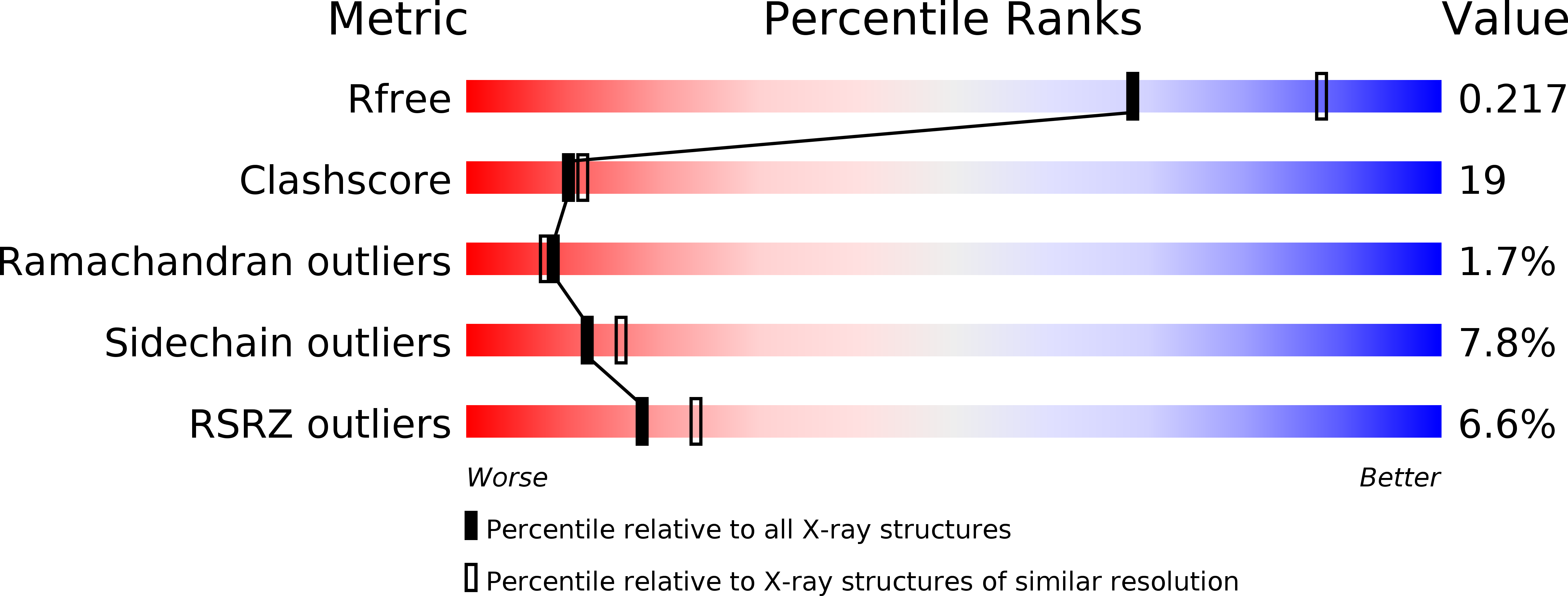
Deposition Date
2003-04-01
Release Date
2003-12-16
Last Version Date
2023-08-16
Entry Detail
PDB ID:
1OXB
Keywords:
Title:
Complex between YPD1 and SLN1 response regulator domain in space group P2(1)2(1)2(1)
Biological Source:
Source Organism:
Saccharomyces cerevisiae (Taxon ID: 4932)
Host Organism:
Method Details:
Experimental Method:
Resolution:
2.30 Å
R-Value Free:
0.26
R-Value Work:
0.21
R-Value Observed:
0.21
Space Group:
P 21 21 21


